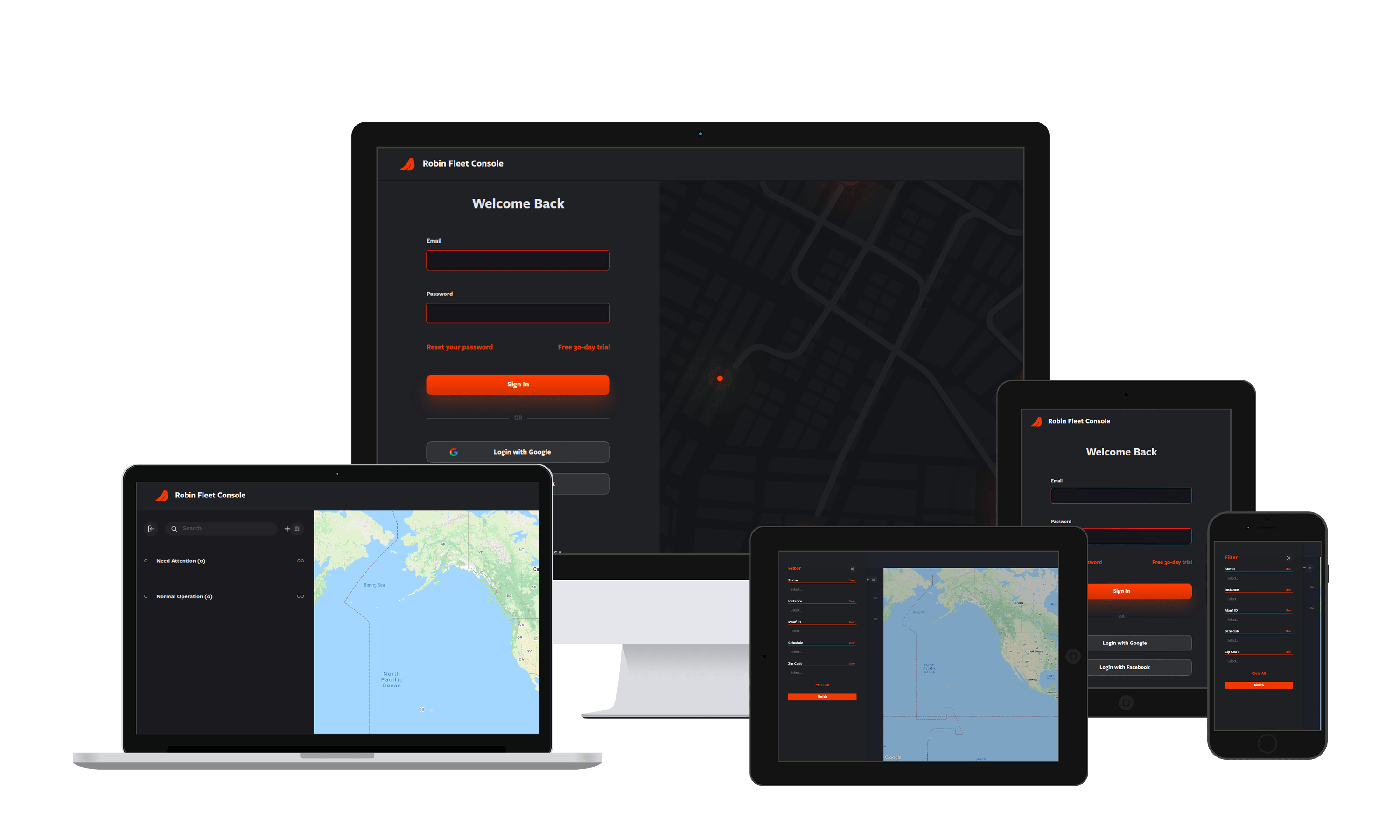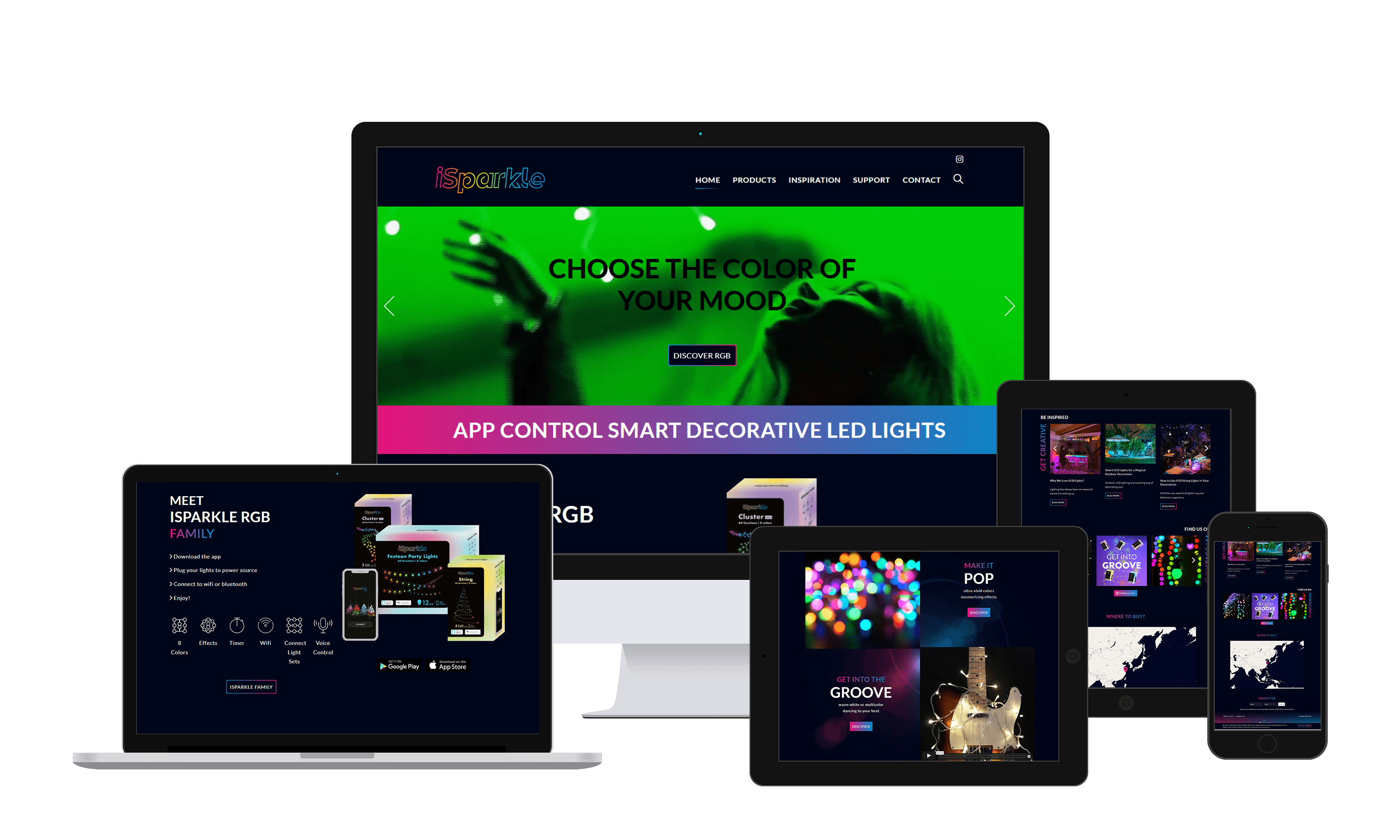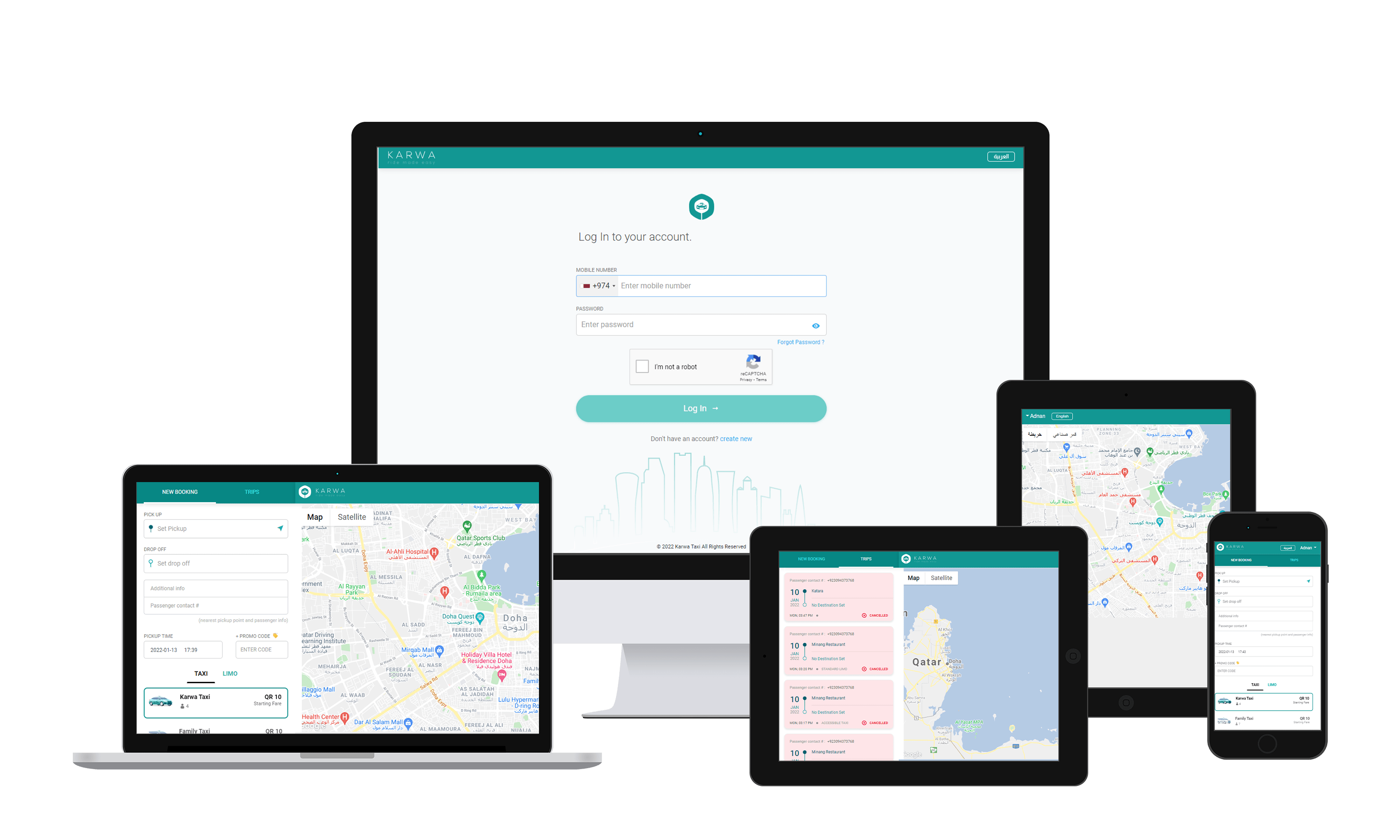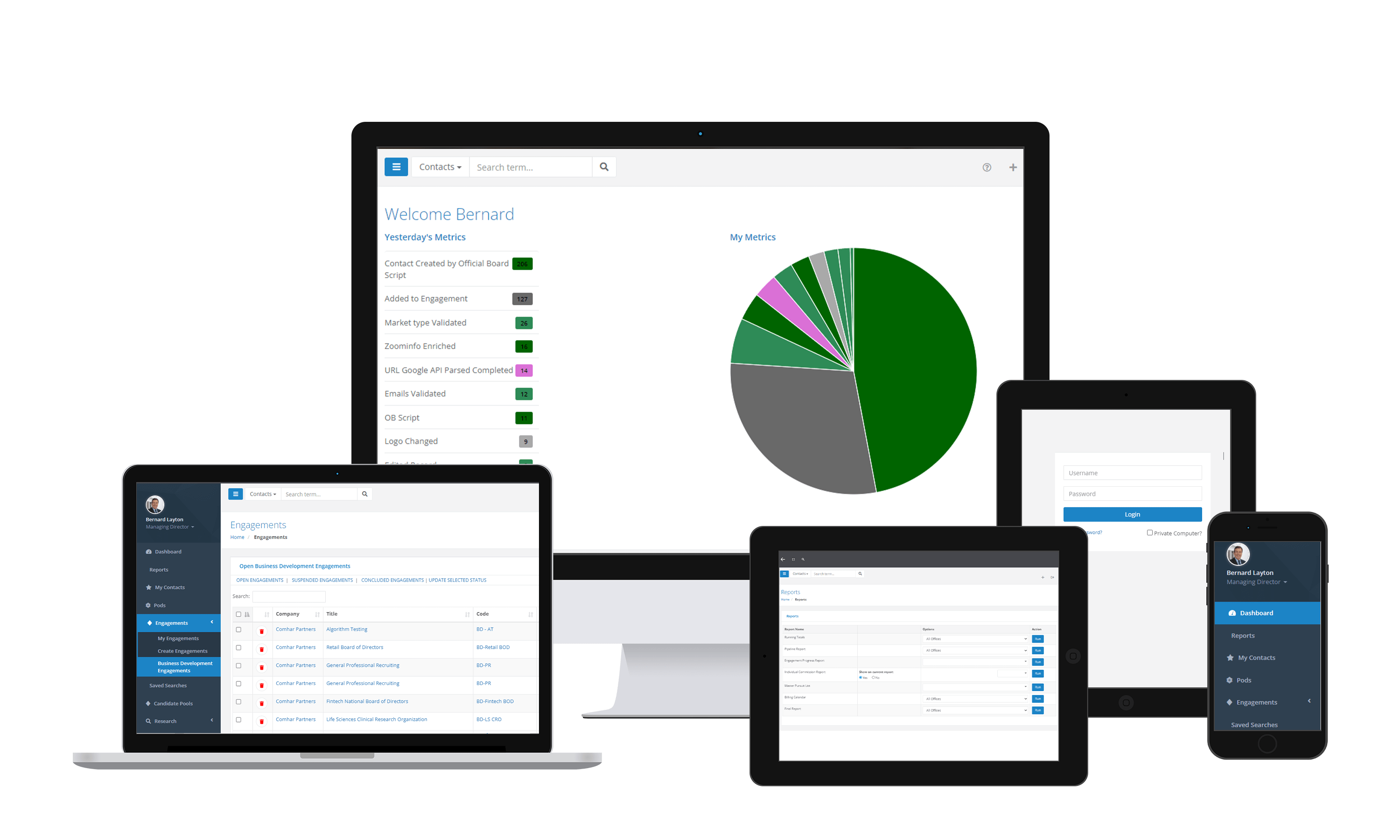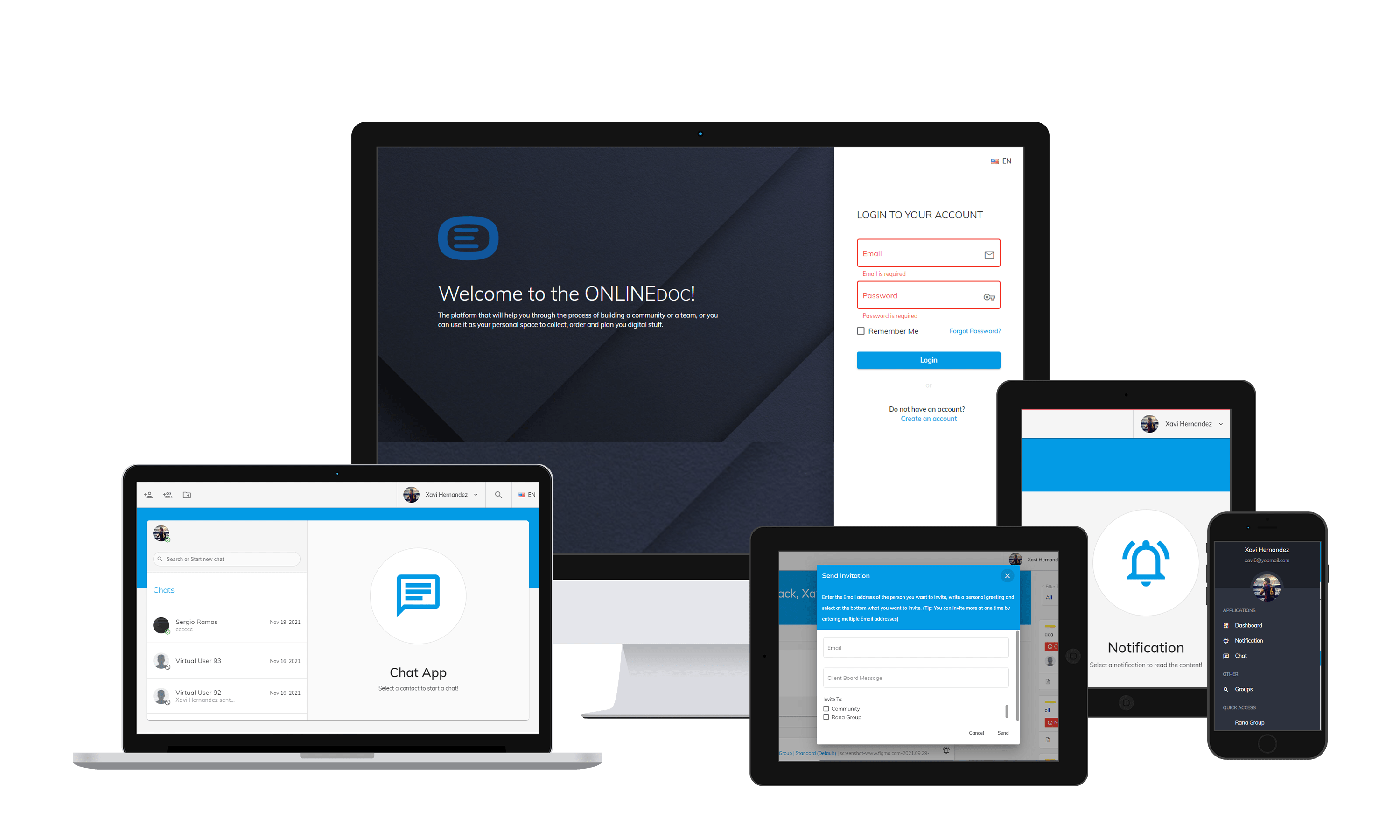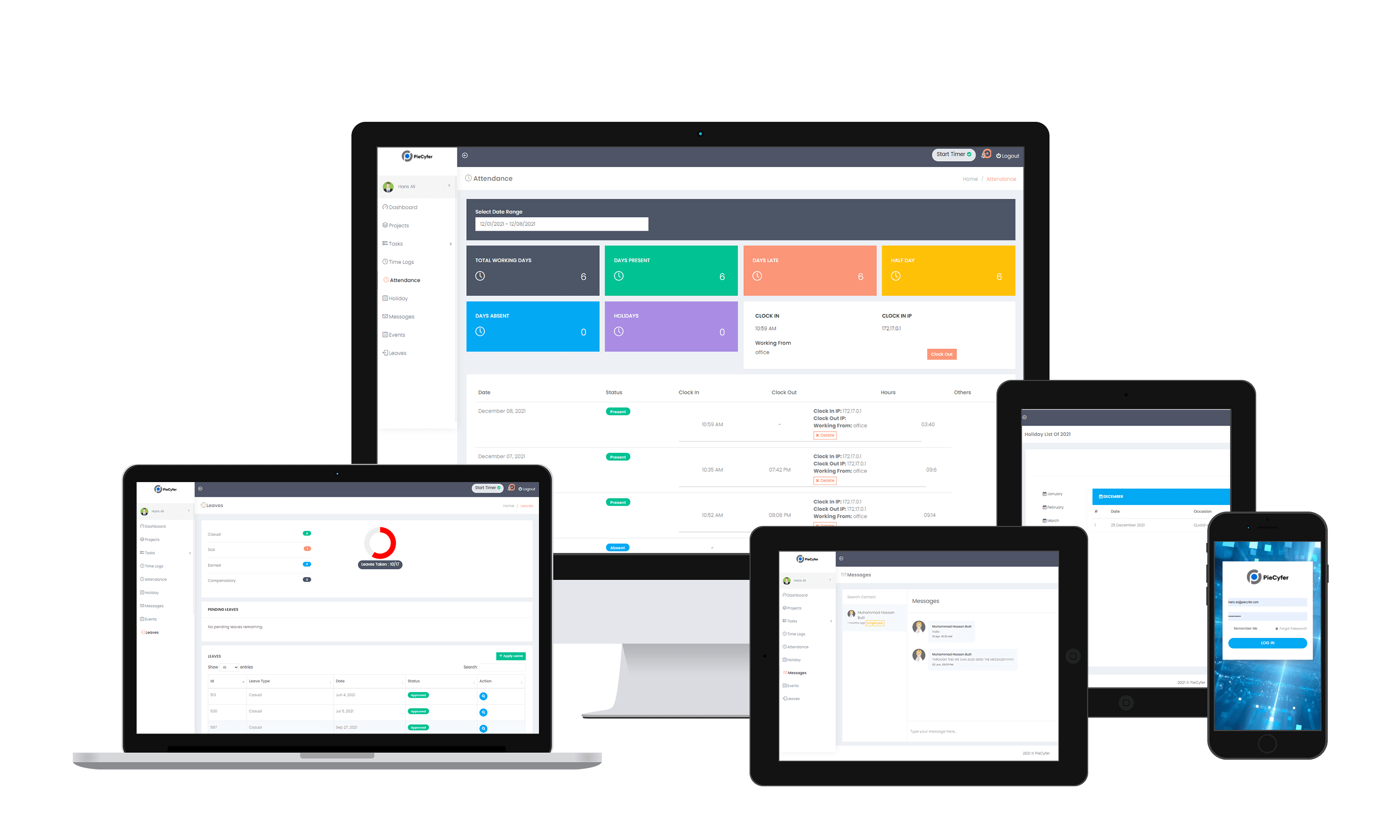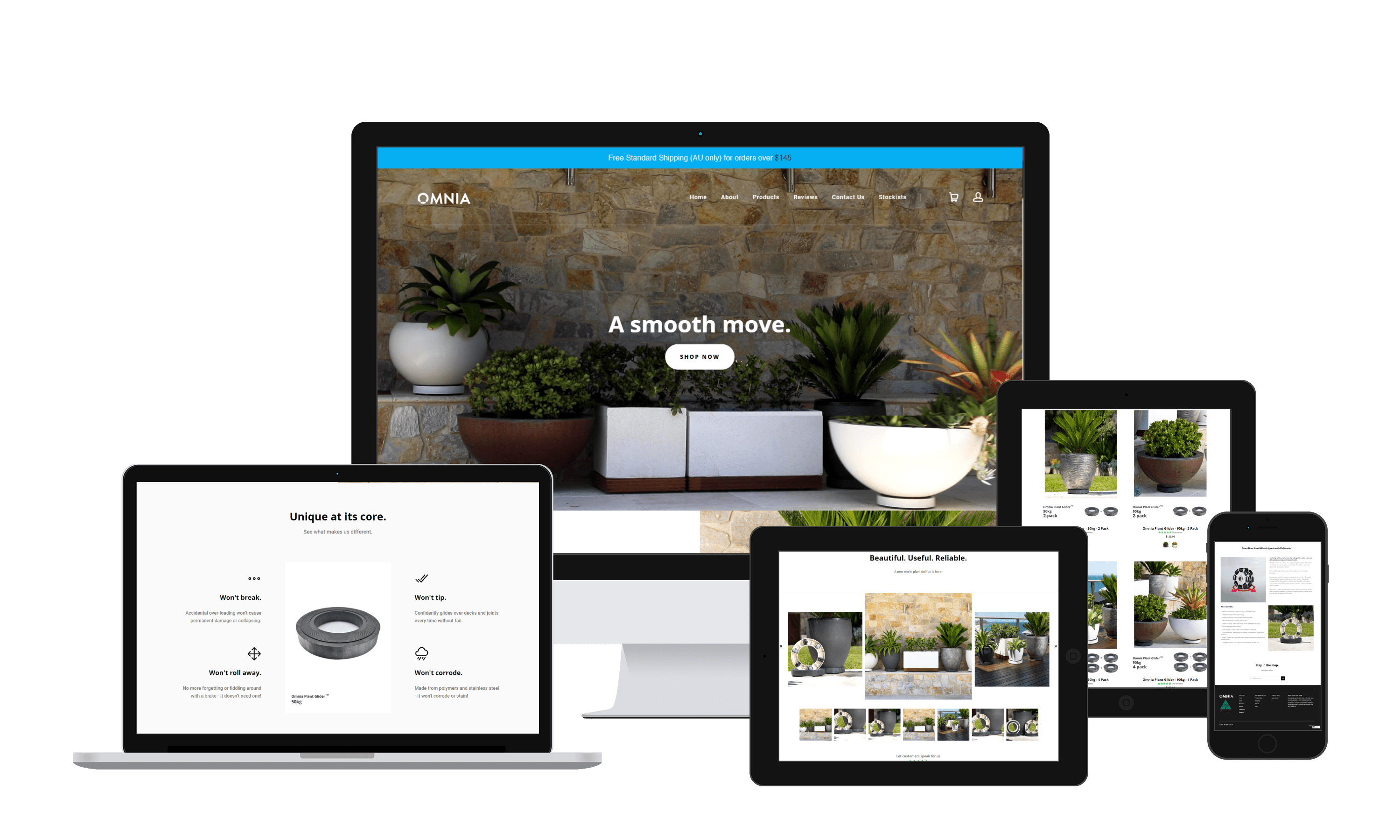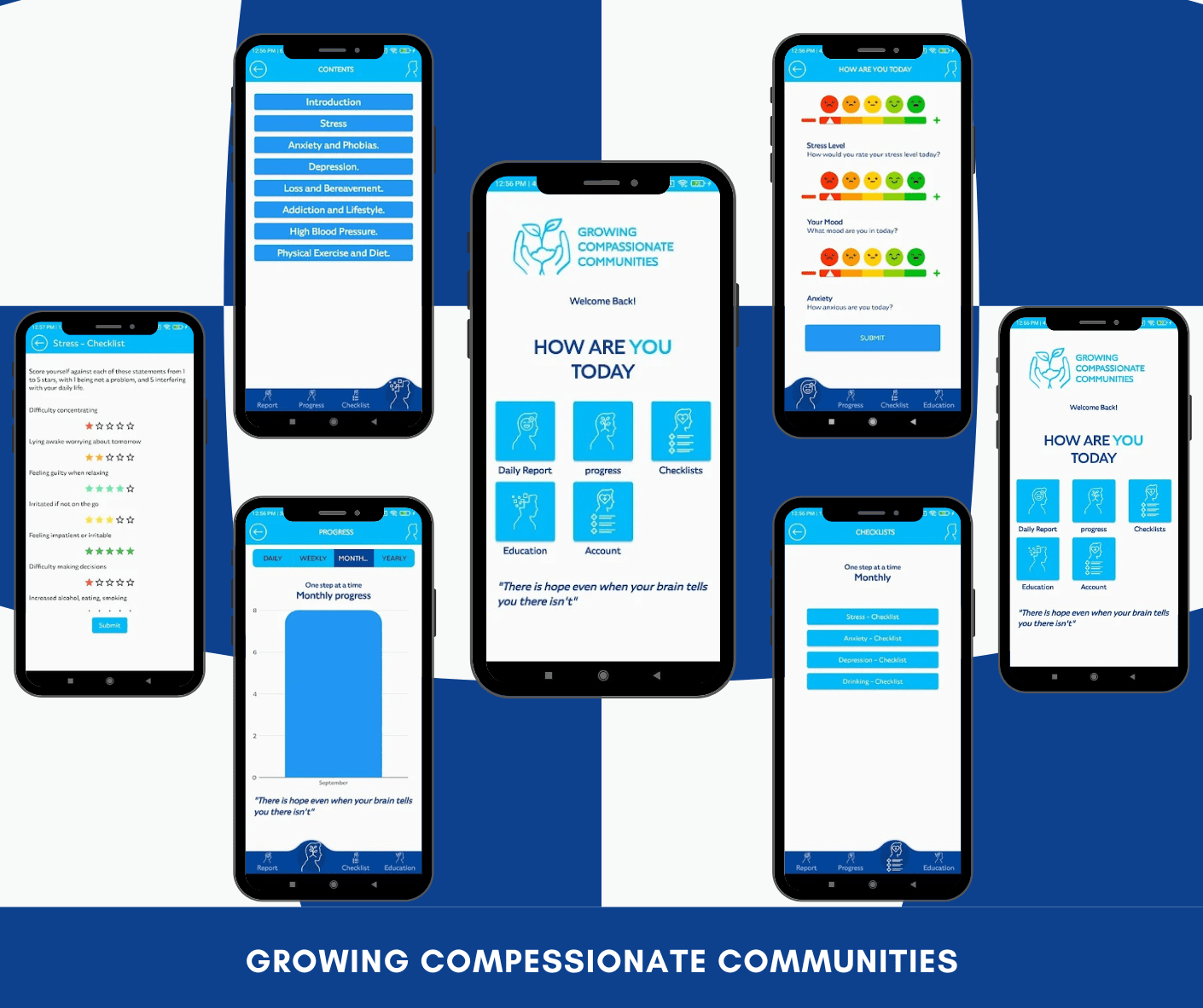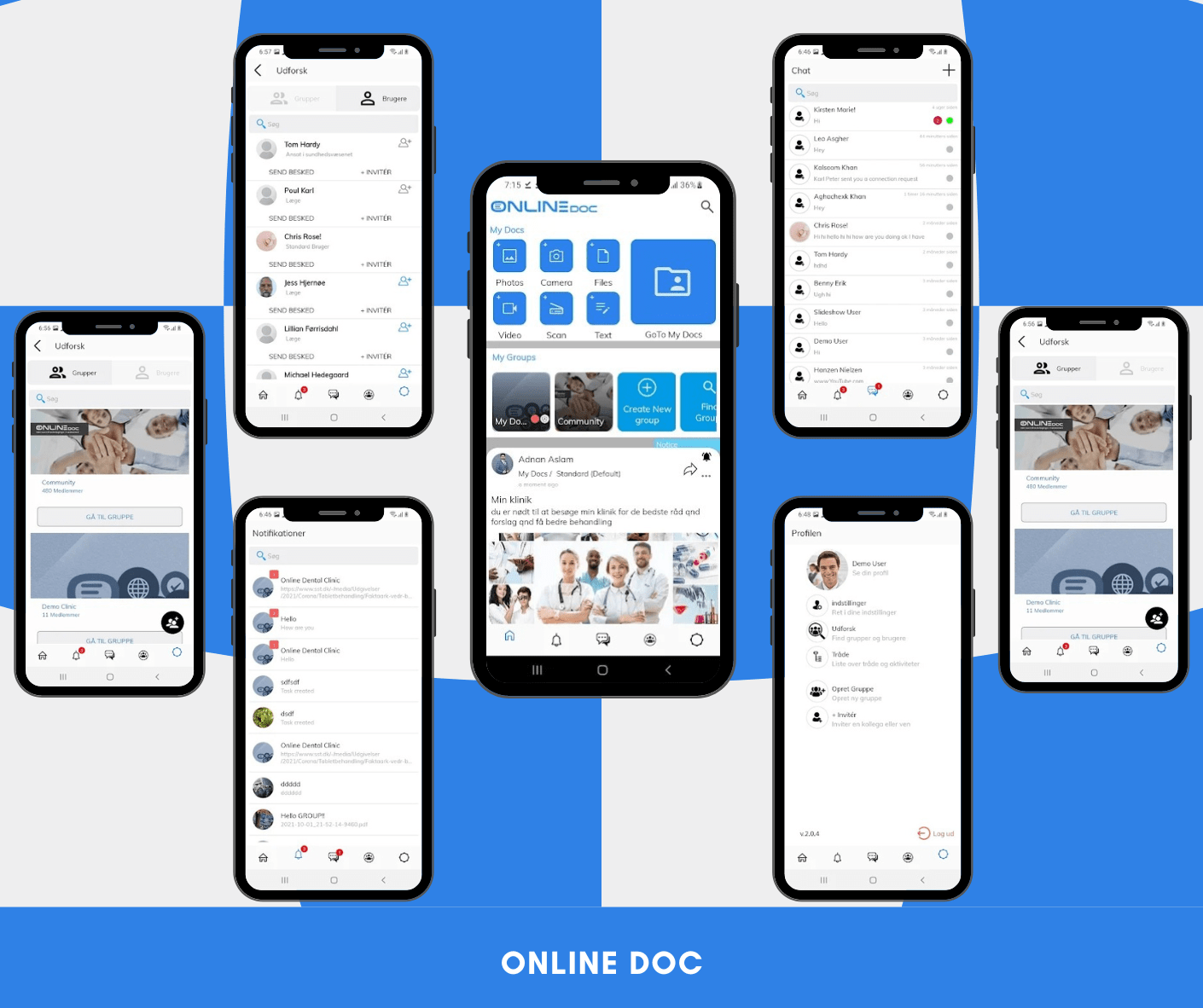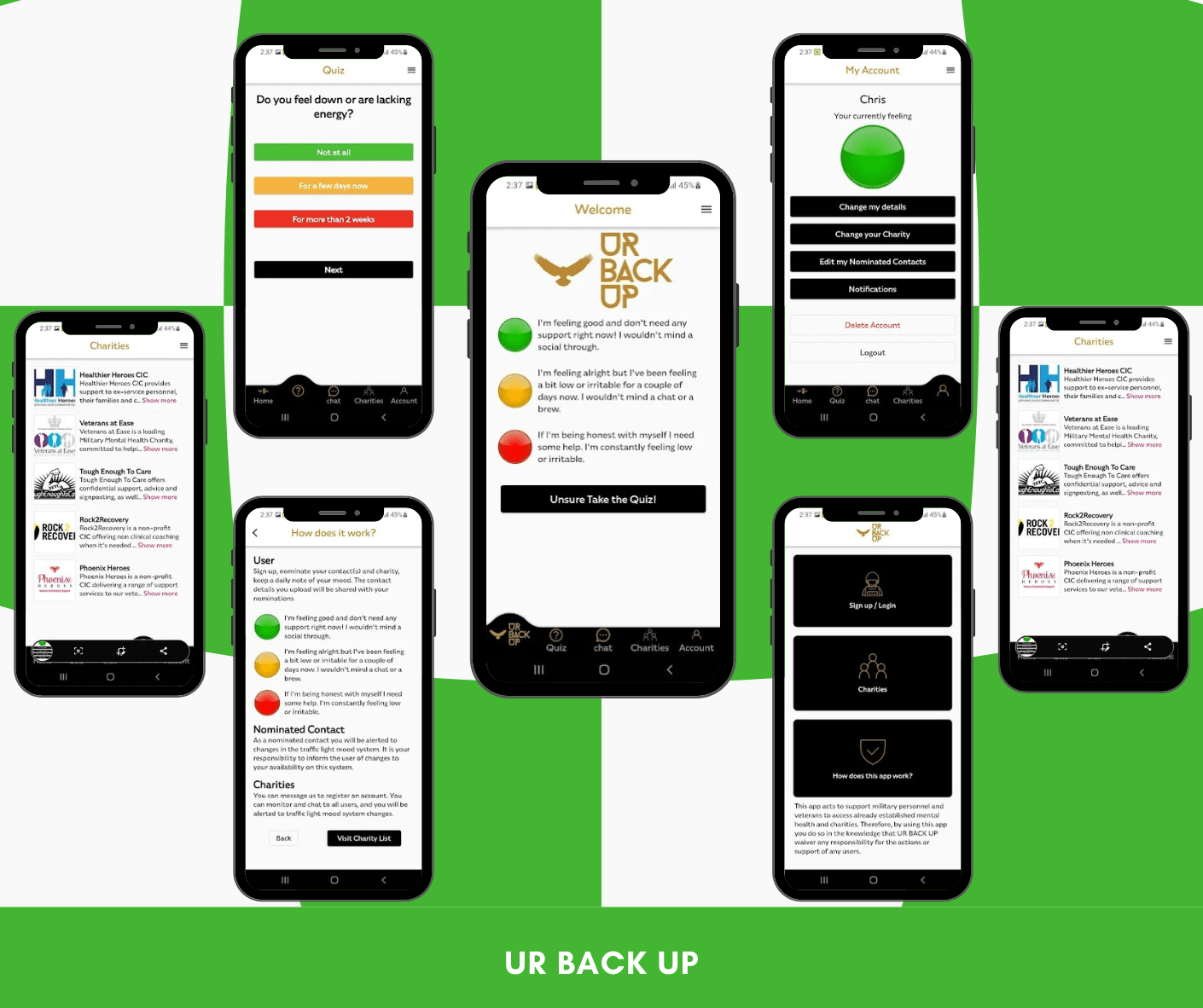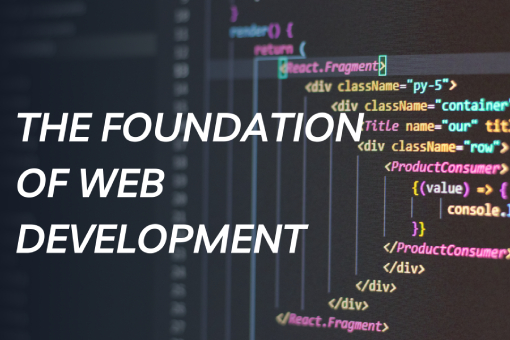
WordPress, the popular content management system (CMS), recently introduced an exciting update that integrates React, a powerful JavaScript library, into its frontend development. This groundbreaking update revolutionizes the way websites are built and empowers developers with advanced tools and capabilities. In this blog post, we will delve into the latest WordPress update and explore how frontend development using React can enhance the user experience and streamline website development.
Understanding the WordPress Update:
The latest WordPress update brings forth a seamless integration of React, enabling developers to harness the power of this dynamic JavaScript library. React provides a modern and efficient approach to frontend development, allowing for the creation of interactive and responsive user interfaces. By incorporating React into WordPress, developers now have access to a wide range of React components, state management features, and efficient rendering methods.
Benefits of React in Frontend Development:
Enhanced User Experience:
With React, developers can create highly interactive and dynamic user interfaces that respond to user actions in real-time. React's virtual DOM efficiently updates only the necessary components, resulting in faster and smoother user experiences.
Component-Based Development
React promotes a modular approach to development through reusable components. This component-based structure enables developers to build complex websites more efficiently, as individual components can be developed and maintained separately, promoting code reusability and scalability.
Efficient State Management
React's state management system simplifies the process of handling and updating application states. By managing states effectively, developers can create dynamic interfaces that respond instantly to user interactions, enhancing the overall performance and interactivity of the website.
Streamlining Website Development with WordPress and React:
Building Custom Themes
With the integration of React, developers can now create custom WordPress themes with dynamic and interactive frontend elements. React's flexibility allows for the creation of unique and engaging website designs, providing users with a memorable and immersive browsing experience.
Interactive User Interfaces
WordPress plugins can now leverage React to create interactive and user-friendly interfaces. Whether it's a contact form, product gallery, or interactive map, developers can use React components to enhance the functionality and interactivity of these elements, resulting in a more engaging user experience.
Improved Performance
React's efficient rendering and virtual DOM updates contribute to improved website performance. By minimizing unnecessary updates and rendering only the required components, websites built with React and WordPress can achieve faster load times and smoother navigation, ultimately boosting user satisfaction.
Conclusion
The integration of React into the latest WordPress update opens up a world of possibilities for frontend development. With its component-based architecture, efficient state management, and enhanced user experience, React empowers developers to create highly interactive and responsive websites. By leveraging the power of React in WordPress, developers can unlock new levels of creativity and efficiency, delivering exceptional websites that captivate and engage users. Stay ahead of the curve and embrace the latest WordPress update to revolutionize your frontend development process.









